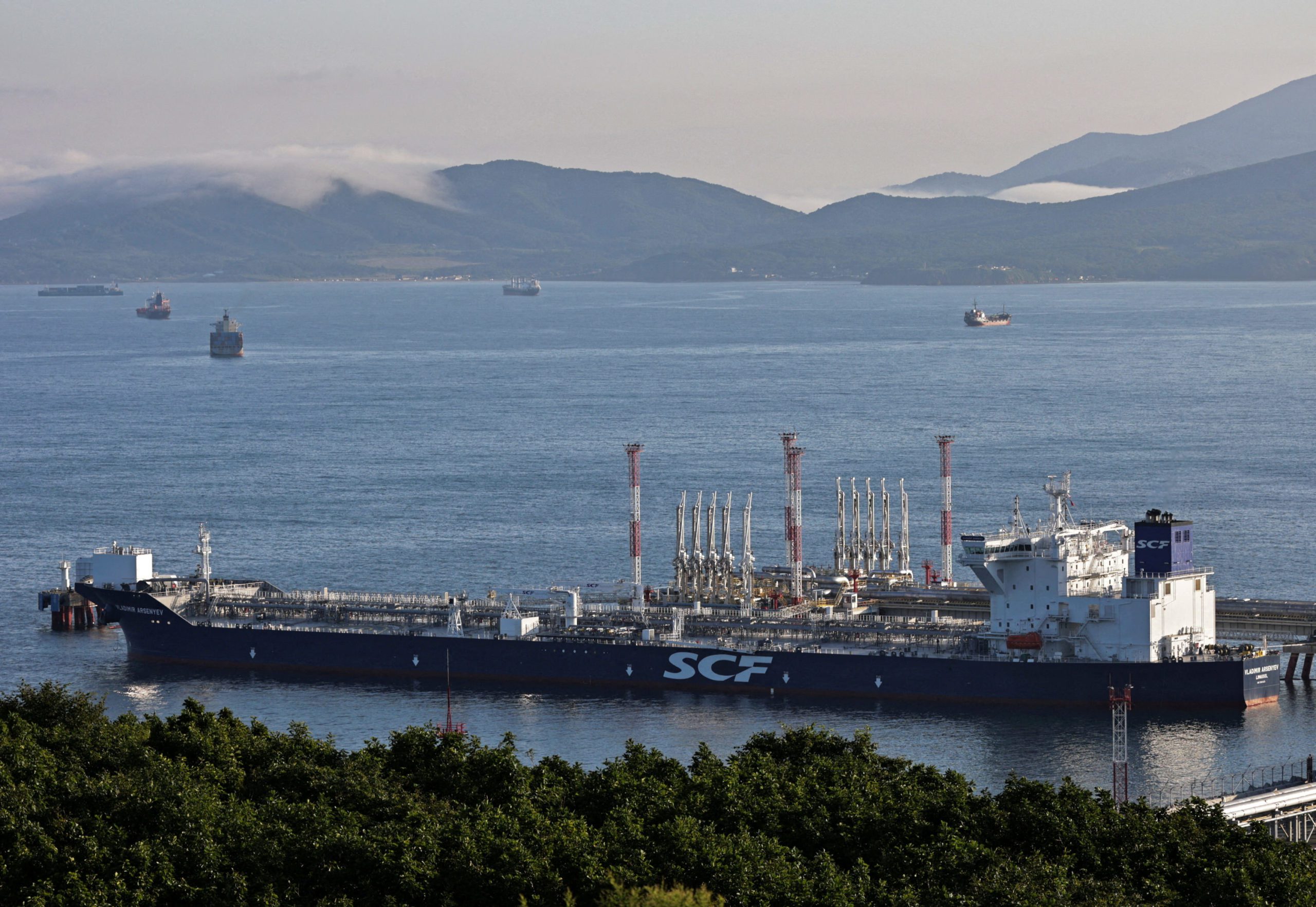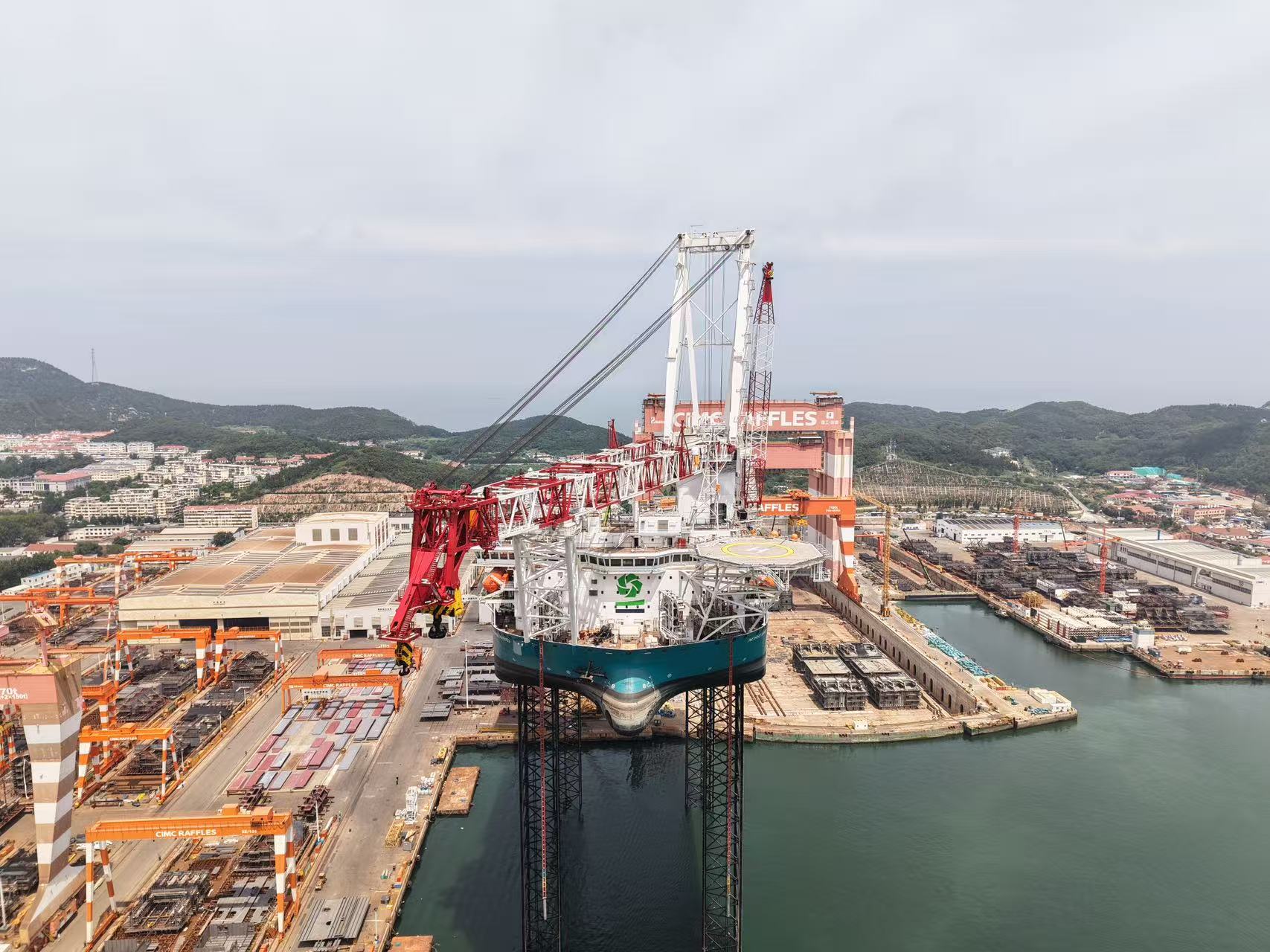 On the first anniversary of the Deepwater Horizon (DWH) explosion, BP PLC (BP, BP.LN), the owner of the blown well, filed suit against two of its contractors, accusing them of negligence that led directly to the disaster that killed 11 workers and led to the worst offshore oil spill in U.S. history.
On the first anniversary of the Deepwater Horizon (DWH) explosion, BP PLC (BP, BP.LN), the owner of the blown well, filed suit against two of its contractors, accusing them of negligence that led directly to the disaster that killed 11 workers and led to the worst offshore oil spill in U.S. history.
At stake in the litigation is who owes the federal and local governments billions of dollars in compensation for the 4.9 million barrels of oil that gushed into the Gulf of Mexico after the Deepwater Horizon drilling rig sank.
On Wednesday, the final day to file legal action, BP filed claims against Transocean Ltd. (RIG, RIGN.VX), which owned and operated the Deepwater Horizon, and Cameron International Corp. (CAM), which manufactured the critical safety device called a blowout preventer, an enormous set of valves that was intended to shut down BP’s oil well in case of an emergency.
The claims are part of extensive litigation filed in the federal court in New Orleans related to the disaster on April 20, 2010. The BP complaint says that Transocean is responsible for multiple failures of safety devices and well control procedures and is seeking at least $40 billion in damages. BP also seeks to force Cameron to contribute all or part of the damages that could be levied against BP by the federal government for the oil spill.
BP has contended that if the blowout preventer had functioned properly, the spill could have been largely avoided.
In one filing, BP claimed that the Cameron-built blowout preventer “failed to properly operate when needed and was unreasonably dangerous when used as intended.” BP alleges that the safety device failed to stem the oil spill at its deep-water well last April and didn’t meet design and manufacturing standards.
In another filing, BP claimed that Transocean was negligent in making sure the blowout preventer was in good shape. The Zug, Switzerland-based company had “deficient inspection and maintenance practices,” BP claims, which led to leaks in the controls and caused it to not work properly.
Both lawsuits focus on the blowout preventer’s inadequate system to alert operators that a “deadman switch”–which was supposed to automatically shut off the well if the blowout preventer lost contact with the rig–wasn’t operating because of dead batteries. While Cameron designed and manufactured the blowout preventer, Transocean was responsible for maintenance.
Cameron said in a statement that Wednesday was the deadline for all parties to file claims against each other. “It is not surprising that the companies are filing to protect their indemnity rights,” the company said, adding that in order to protect itself it had filed counterclaims against other parties to the litigation.
Transocean didn’t immediately return requests for comment.
Last month, a federal investigation into the explosion issued a report by Norwegian risk-management company Det Norske Veritas that found the blowout preventer failed as a result of a design flaw, not because of misuse or poor maintenance.
The investigators specifically concluded that the force of the blowout bent the drill pipe, knocking it off-center. The double-bladed shearing rams that were intended to sever the pipe on the blowout preventer and seal off the well weren’t able to close around the bent pipe and left a gap, allowing oil and gas to flow up towards the rig.
Even if the blowout preventer had severed the pipe after the explosion, it is quite possible that the rig workers would have died, investigators said. However, a functional blowout preventer could have stopped the well before it released oil into the Gulf of Mexico, investigators found. BP is suing to force Cameron to contribute all or part of the damages that could be levied against BP by the federal government for the oil spill.
Copyright 2011 Dow Jones Newswire

 Join The Club
Join The Club











